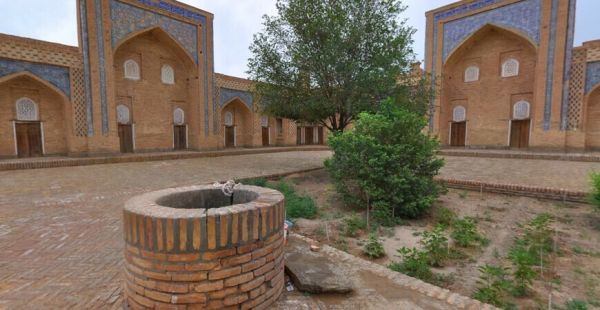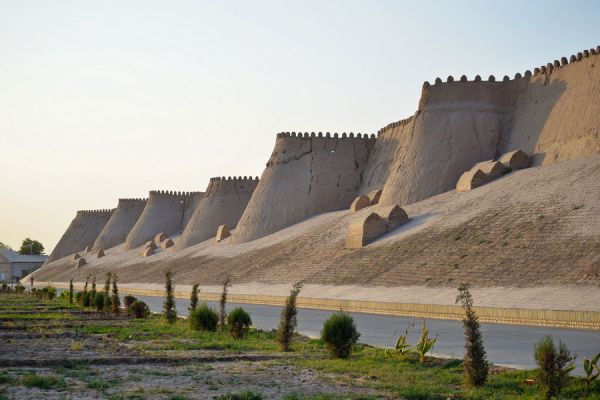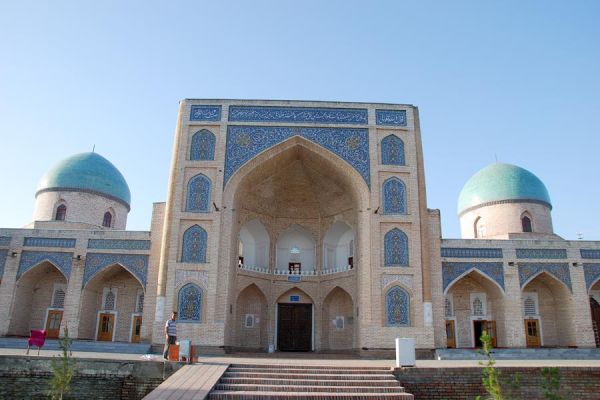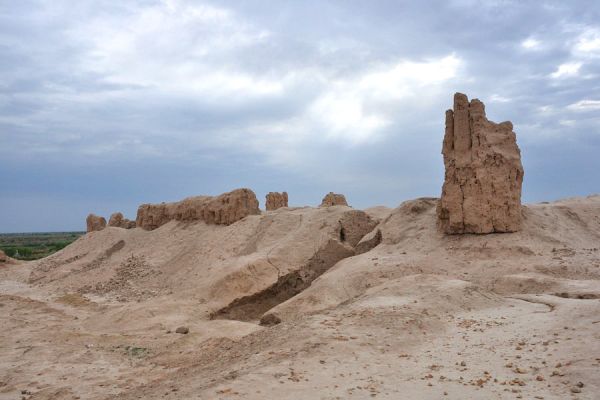Kheyvak Well in Khiva
The Kheyvak well in Khiva is located on the territory of the ancient historical city of Ichan-Kala. The Havak well is located in one of the courtyards of the northwestern part of the old city, not far from the city fortress wall.
Legends
The history of the city of Khiva is covered with legends. One of them says that the very name of the settlement comes from the delighted exclamation of merchants "Hey wah!" who tasted the purest water from the local spring during a long and exhausting journey along the Great Silk Road. Hence the name of the well with life—giving water - Havak - was given by the inhabitants, and later it passed in a slightly modified form to the entire city that had grown around the oasis. Thus, the meaning inherent in the name of Khiva is very enthusiastic, and owes its origin to the priceless storehouse of delicious crystal-clear water in the midst of lifeless desert expanses. The name Khiva in its original sense means "Oh, how wonderful it is!".
According to another legend, the city of Khiva in Uzbekistan was founded by the son of the famous biblical hero Noah, Sim. Legend says that after the flood, he walked through a lifeless desert, got very tired and lay down to rest. In his dream, he dreamed of three hundred flaming torches, which he regarded as a sign from above and dug a well at his resting place, naming it Havak, after which a city grew up around the oasis, now known as Khiva.
According to historians, special clay for the construction of the Kheyvak well was mined near the city of Khiva, at a distance of 2 kilometers in an area called Govuk-kul. Nowadays, there is a large lake in this place, in which clay of excellent quality is still being mined. There is even a belief that all the clay for the construction of Ichan-Kala was taken from the same places from where the prophet Muhammad extracted it during the construction of Medina. Since then, the lake has been considered a holy spring.
The well is still jealously observed by the aksakals in perfect order, and it can be found in a small courtyard in the northwestern part of Ichan-Kala, near the adobe city wall. During its next repair, the remains of masonry were discovered, formerly above the mouth of the well, indicating its status as a domed canopy. During the restoration of the well, the remains of ancient masonry and traces of an ancient domed structure were found, which is now covered with earth for safety. To this day, the surrounding soil retains traces of ancient masonry.
Attractions
The Kheyvak well in Khiva is surrounded by many other attractions that make up the old town of Ichan-Kala.
One of the historical structures closest to the well is the Kunya Ark Citadel. An impressive clay wall about 6 meters thick encircles the ruler's citadel located inside it, the so—called "city within a city" fortress, called Kunya Ark. It was built at the end of the 18th century, and protected the city in case of a prolonged siege.
Mosques and madrasas are also located near the Heyvak well, for example, the impressive two-story madrasa of Muhammad Rahim Khan, an educated ruler who erected this educational institution in the last quarter of the 19th century, and the Arab Muhammad Khan Madrasa, one of the oldest and most ancient educational institutions built in ancient times, erected at the time of the capital city's relocation to a towering Khiva from the decaying Urgench.
Several palace complexes and caravanserais are located in the immediate vicinity of these buildings. The most famous of them are the large—scale Tash-Khauli palace complex, built by order of Allakuli Khan in the fourth decade of the 19th century, and the Alla-Kuli Khan caravanserai, erected at the intersection of eastern trade routes, which hosted foreign merchants, providing them with comfortable accommodation and reliable storage of important and valuable cargo.

















